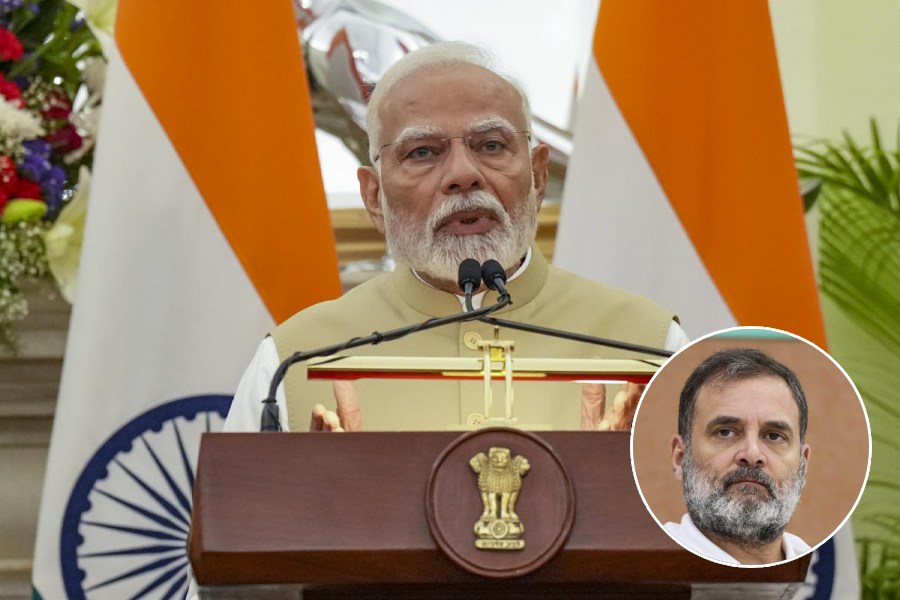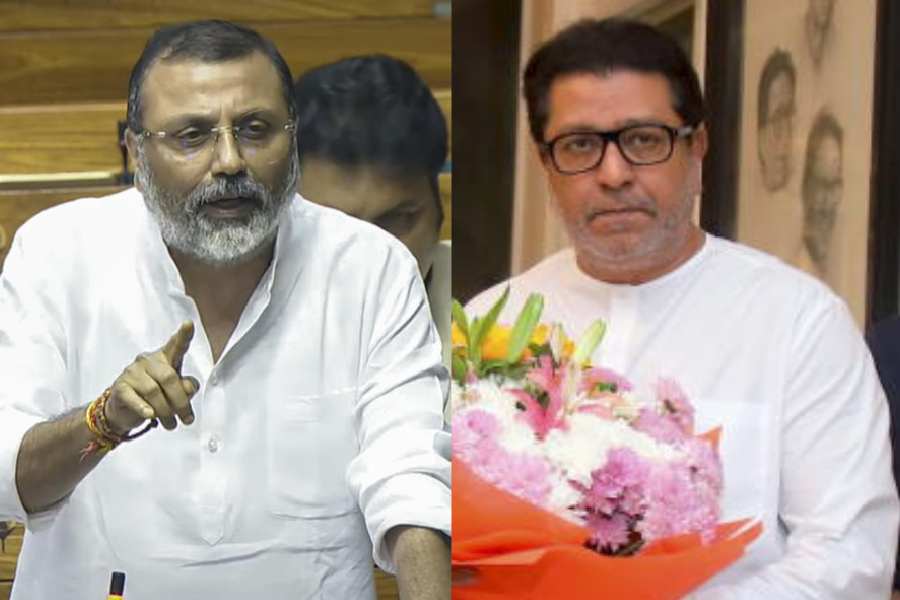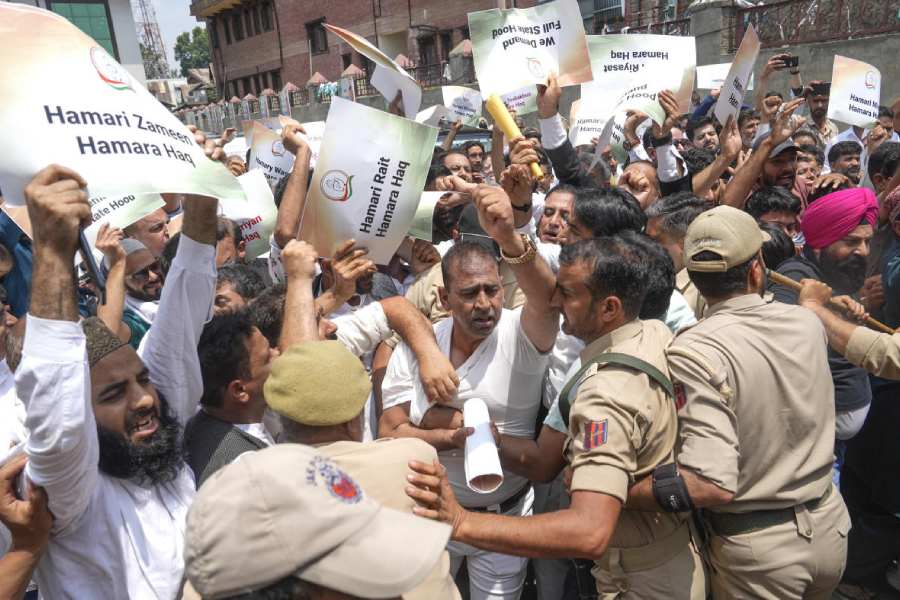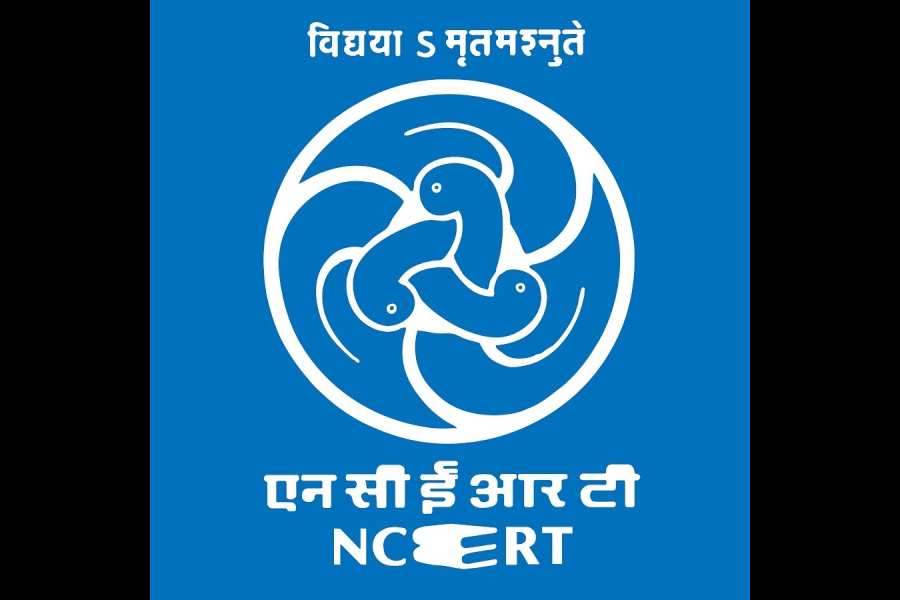 |
| Fortified Food: Altering the genetic pattern of crops could be a new way of fighting malnutrition |
Europeans rejected it a few years ago. Americans had serious problems with it. But the developing world is seemingly happy to embrace it. After all, genetically-modified (GM) crop technology is increasingly being seen in some regions as the answer to poverty.
GM crop technology seems ready to take off in West Bengal, even though India has had its share of loud murmurings. Protest by non-governmental organisations in Mumbai months ago had forced the Central Information Commission to direct the Department of Biotechnology to make public data generated from GM tests by agro-biotech companies.
But Martina Newell-McGloughlin, director of UC Systemwide Biotechnology Research and Education Program, University of California, in association with the American Center, Calcutta, is determined to build a research-based collaboration with some universities and research centres in eastern India.
“Developing nations are emerging as new sites for a technological boom and India has a good breed of researchers. This prompted us to come here and explore the prospect of working together,” McGloughlin told KnowHow.
With agriculture being the primary occupation of 70 per cent of the population, and frequent droughts, pests, weeds and increasing temperatures hitting crop yields, India seems to be an ideal breeding ground for GM technology, feel researchers.
GM technology is the application of biotechnology to alter the genetic pattern of crops as per human requirement. The genes may be modified to incorporate vitamins and proteins, thereby raising the nutrition quotient of a crop. For instance, a variety of rice called golden rice has its genetic structure altered to include vitamin A in a process that scientists say will help combat blindness.
However, this also raises a host of questions. Activists claim such technology amounts to tampering with Nature and is thus unethical, especially in cases where animal genes are incorporated for suitability. “There have been protests against it, but we must keep in mind the larger perspective — we have to fight hunger and malnutrition. And advancement of technology is the only answer; productivity will also increase,” says McGloughlin.
Researchers agree, and some even appear keen on the collaboration. “However, much depends on the terms and conditions,” says Professor A.N. Lahiri Majumdar of Plant Molecular and Cellular Genetics, Calcutta.
McGloughlin will visit the University of Calcutta, Bose Institute, Burdawan University and Assam University, besides meeting top scientists in the field.
“Technology should be allowed to advance,” says Haimanti Poddar, manager, Environment Management Centre, Indian Chamber of Commerce. “Of course, precautions need to be taken so that there is minimum damage to Nature.”
ICC recently organised a conference to discuss the viability of the technology in India and the possible environmental and ecological hazards.Yet, despite all the bonhomie, the jury is still out on the issue. And a verdict seems a long way off.










